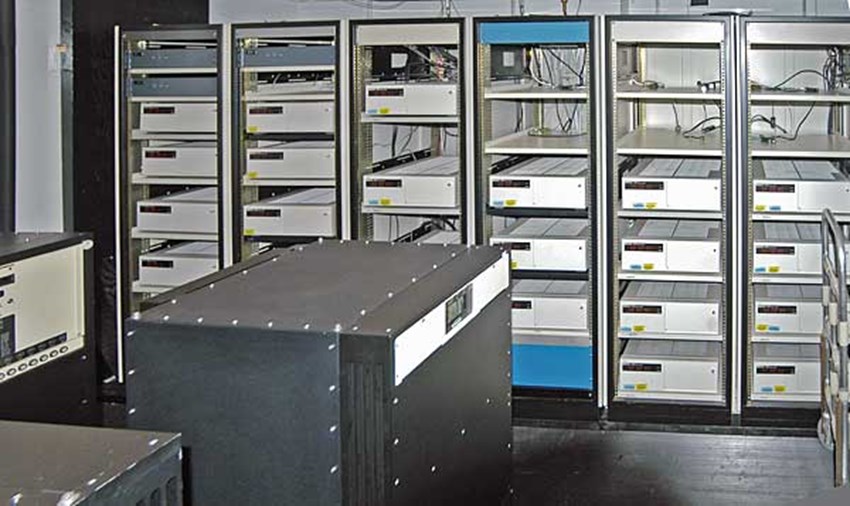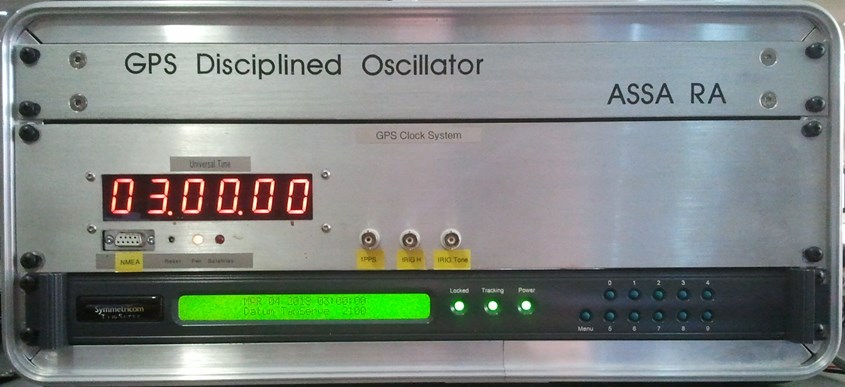Time, a short (humorous?) story on time.
I wrote this to just fill in the time! enjoy (blair)
Having the 'right' time is very important, not just so that you don't miss that important engagement or the bus to work, but so that events that are recorded by different people at different locations can be compared and calculations made.
In the 'old days' it was easy to tell the time.
The Sun came up, it was day time, the Sun went down, it was night time and this is still used and is a 'fairly' reliable method of telling the time.
Birds and animals still use this method.
As to being 'fairly' reliable, it has its failures.
During a total eclipse of the Sun, birds and animals incorrectly assume the sun is going down and 'put themselves to bed' only to have to wake up a few minutes later.
It also doesn't work at polar regions on Earth where the sun shines (or doesn't shine) for 24 hours during the height of summer or winter. ('Hungry, its dinner time' still works I'm told) (Ed..)
There are other issues with just using the sun to tell the time, what if it is night time and you want to know when it's mid night? In the 'old days' candles were lit that had markings on them and could give a 'rough' indication of what the time was during the dark night.
There had to be a better way to tell the time and there are plenty of resources on the internet if you are interested in reading about them.
So, Man invented clocks
And it all went 'pear shaped' after that.
"A man with a watch knows what time it is. A man with two watches is never sure."
-- Segal's Law
Why, because no 2 'clocks' will every agree as to what the time is. They might be close, but if you look in enough detail, they will not agree.
For example, a clock that is 'out' by 1 second a day is 'close' to the actual time, but a clock that is stopped shows the right time once (or twice) a day!
Which clock is more accurate? More importantly, which clock is more useful?
You can't tell which is more accurate, you obviously need more and better clocks.
The more clocks you have the greater the confidence you should have in what the actual time might be.
The US Naval Observatory (USNO) maintains a collection of such clocks and is the 'source' of the Master Clock for the USA.

One of the USNO's clock vaults
Australia used to have its own radio time signal service, VNG and that was used for accurate time signals until it was shut it down in October 1987 due to lack of funding.
A video of a visit to VNG is here, where you can listen to the time signal that used to be transmitted.
You could ring 1194 and get the time from George, the talking clock.
But that only worked if you had a telephone and just how reliable was George at telling the time?
So what were people to do?
In 1987, the internet wasn't generally available to people and the decision to close VNG was partly based on money (or the lack of it) and also on the 'new fangled ' technology called GPS, which had been launched by the US Government in 1973. This was much more accurate than George.
GPS was going to solve everything! How right (and wrong) they were.
So what is the GPS? You can read about it here Global Positioning System
The USA Master Clock is the time source to which the Global Positioning System (GPS) is locked to.
We can 'tap' into this highly accurate time source by several methods.
George now gets his time from the GPS!. We can still ring George!
If you have a short wave radio receiver you could try via radio reception of specialized radio time service transmissions eg WWV
We can use the Internet and access 'specialized time servers'. This happens automatically when you connect your computer to the internet, although MS Windows doesn't do a very good job of getting it highly accurate as it's not designed to do that. 'Ordinary' computers are only required to be within about 15 seconds of the 'right' time. You 'can' set the time on your computer to microsecond accuracy levels, but it isn't easy see Windows Time Stamp Project.
Getting the time on your computer accurate to the millisecond level is however fairly easy using NTP.
We can also get the time from the GPS and again use NTP to set the time.
One way is to buy a commercial GPS based time server, although these are quite expensive being in the $10k plus region depending on the features required.

My 'Time server rack ' a very accurate GPS Disciplined Oscillator, one of our 'Seismic Clocks' and a Symmetricon TS2100 commercial time server.
(I just happened to take that picture at exactly 0300 UTC! It wasn't intentional)
We can make our own 'NTP Server' based around a cheap GPS receiver and a small computer like a Raspberry Pi for about $100.
Several ASSA members have done this and their Timing projects will be documented later.
Time on earth is usually related to Universal Time Coordinated (UTC) or UT for short.
The more you look into 'time' the more difficult it gets!
But just how accurate do we need to be?
It depends on what you are trying to do.
Seismology.
The speed the signal travels through the ground depends on the ground type but is typically between 2 and 6km/s, so if we want to 'position' an earthquake to any reasonable accuracy then time stamps within 1 second across all instruments would only allow the accuracy of the location to be at best within 6km. We try and maintain our time stamp accuracy with respect to UT to about 0.001 seconds.
Variable star observations.
If the period is days, and your exposures are 10's of seconds then 1 second with respect to UT is probably fine.
With eclipsing binaries, some with periods of hours, sub second accuracy may be required.
However, just having the time on Earth isn't good enough if you are observing objects not on Earth. We need to have the right time with respect to the centre of our solar system. See Julian Date and Helio-centric Julian Date below.
It takes light about 8 minutes to travel the distance from the Sun to the Earth, so depending on where Earth is in its' orbit around the Sun, and what direction you are looking at there could be an light 'time travel' difference of up to 16 minutes. This was first noticed on observations of Jupiter's moons as the observed timing of eclipses of Jovian moons appeared to wander back and forward in time by many (10+) minutes over a year. This led to estimations of the speed of light. see Rømer's determination of the speed of light
Occultations
The duration of the events can be from sub seconds to minutes, exposures can be from 0.001 seconds to seconds, therefore time accuracy to better than the exposure duration will be required. For the Pluto work I did several years ago, the Paris Observatory wanted time stamps to the 0.001 seconds accuracy level.
Weather Stations
Probably to the minute unless you are doing research and using more than 1 station.
Radio Astronomy
If you are doing long base line interferometry using sites separated by many km, then the timing accuracy has to be better than 0.000000001 seconds across all the sites. This rapidly becomes very expensive as each site requires hydrogen masers or atomic clocks and the ongoing cost of calibration and maintenance of these clocks puts them way beyond all but the most well heeled amateurs.
Catching the Bus
Having a highly accurate clock won't help you at all!
So it really depends on what you are doing and who you are doing it with..
The variable star group wanted this added...
Julian Date (JD) and Helio-centric Julian Date (HJD)
JD is crucial for variable star work to assist in graphing data and HJD is crucial for looking at changes in the timing of minima / maxima events.
Julian day (JD) is the continuous count of days since the beginning of the Julian Period starting at noon on Monday, January 1, 4713 BCE, a date at which three multi-year cycles started (which are: Indiction, Solar, and Lunar cycles) and which preceded any dates in recorded history and dates for observations of variable stars. For example, the Julian day number for the day starting at 12:00 UT on January 1, 2000, was 2 451 545. Day fractions are used to set the time to the level of accuracy required, for example, the Julian Date for 00:30:00.0 UT January 1, 2013, is 2 456 293.520 833.
The Heliocentric Julian Date (HJD) is the Julian Date (JD) corrected for differences in the Earth's position with respect to the Sun. When timing events that occur beyond the Earth, due to the finite speed of light, the time the event is observed depends on the changing position of the observer in the Solar System. Before multiple observations performed throughout the year and across the planet can be combined, they must be reduced to a common, fixed, reference location. This correction also depends on the direction to the object or event being timed. Knowing the JD and star position, you can calculate the HJD at http://britastro.org/computing/applets_dt.html.